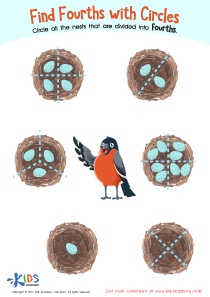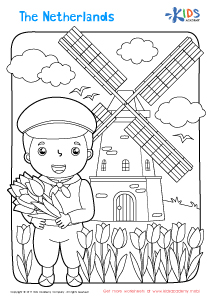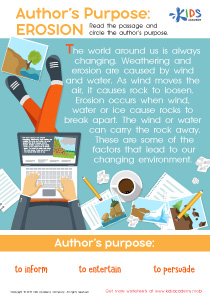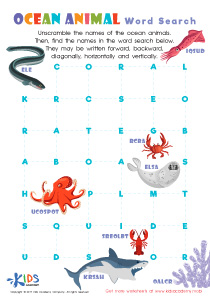Alphabet Recognition Extra Challenge Grade 2 English for Beginners Worksheets
3 filtered results
-
From - To
Boost your Grade 2 learners' alphabet recognition skills with our engaging "Alphabet Recognition Extra Challenge Worksheets" designed for beginners in English. Tailored specifically for young learners, these worksheets offer a variety of fun activities that strengthen letter identification and sound association. Each exercise promotes interactive learning through colorful visuals, tracing tasks, and matching games. Ideal for enhancing classroom lessons or supporting at-home practice, our worksheets foster a solid foundation in language acquisition while making learning enjoyable. Perfect for ESL educators and parents alike, these additional challenges ensure students build confidence and proficiency in recognizing the English alphabet. Explore our collection today!
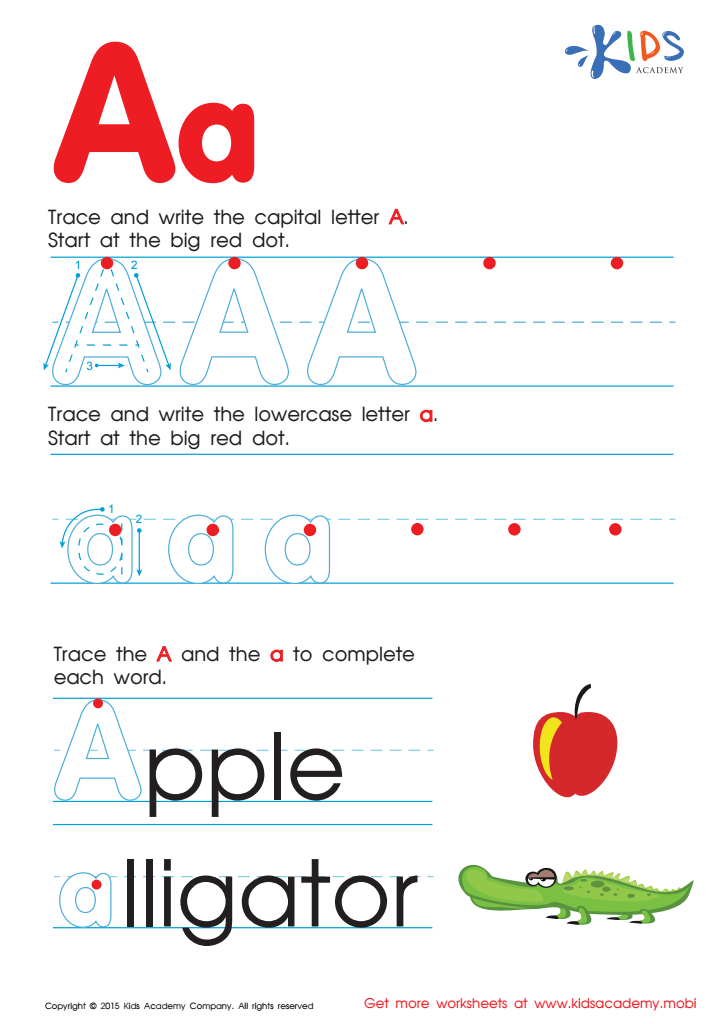

Letter A Tracing Page
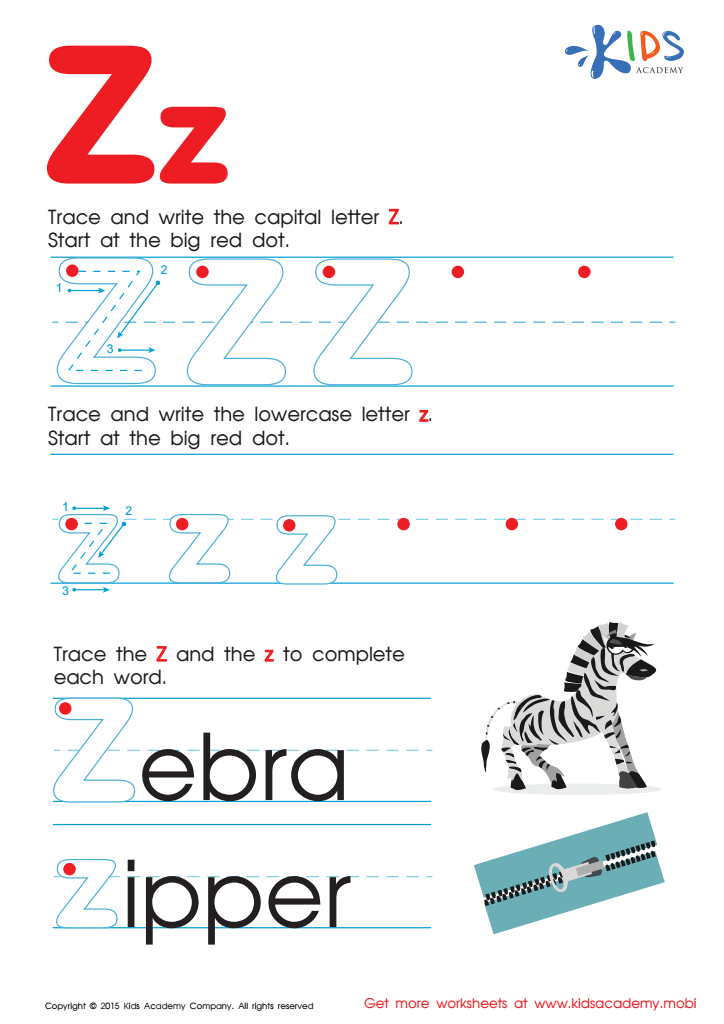

Letter Z Tracing Page
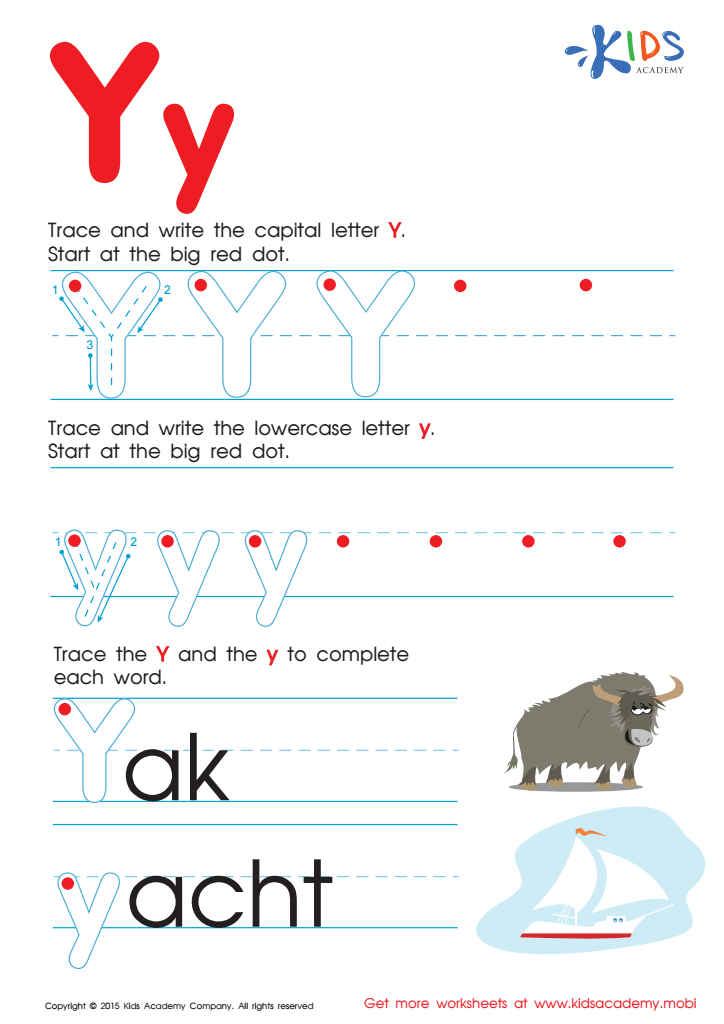

Letter Y Tracing Page
Alphabet recognition is a fundamental skill in early literacy development, especially in Grade 2 English for beginners. Parents and teachers should be particularly invested in this skill for several reasons.
Firstly, recognizing letters is the foundation for reading and writing proficiency. It aids students in decoding words, which is crucial as they increasingly encounter complex texts. Strong alphabet recognition correlates with better overall literacy outcomes, setting a positive trajectory for future academic success.
Secondly, proficiency in recognizing letters enhances children's confidence and independence in learning. When students are comfortable identifying letters, they're more likely to engage with reading materials, participate in classroom discussions, and take on challenging assignments.
Additionally, focusing on alphabet recognition fits into a broader understanding of phonemic awareness—how sounds relate to letters—essential for spelling and comprehension later on. Parents and teachers play a critical role in this process, as supportive home and classroom environments motivate children to practice and reinforce these skills.
Moreover, fostering a strong foundation in alphabet recognition nurtures a love for reading, encouraging lifelong learning and curiosity. In summary, investing time in alphabet recognition for beginners in Grade 2 is vital not only for literacy development but also for developing a positive attitude toward education.
 Assign to My Students
Assign to My Students


